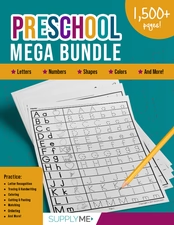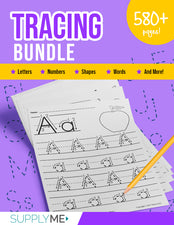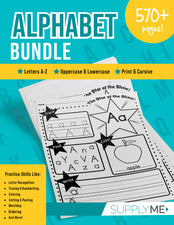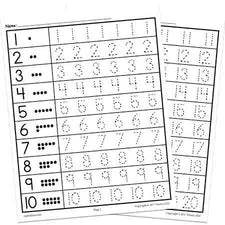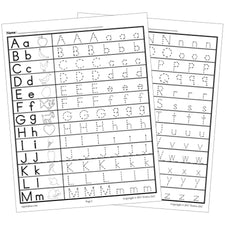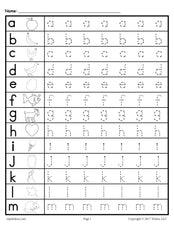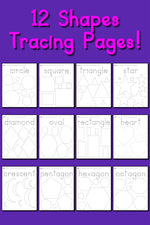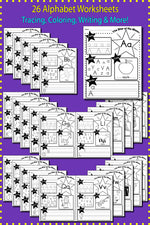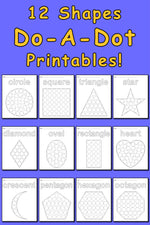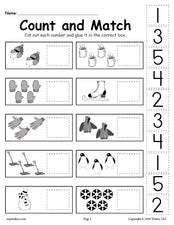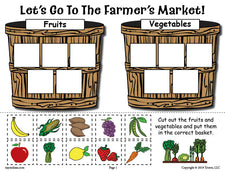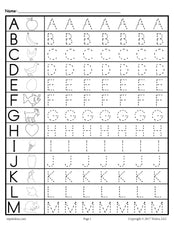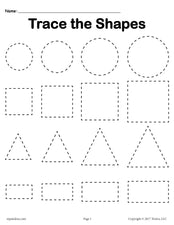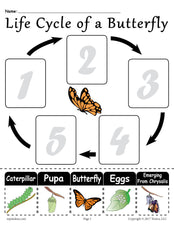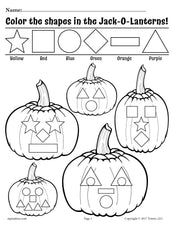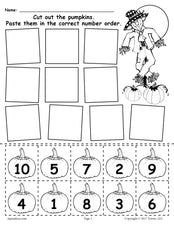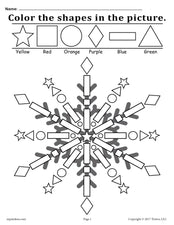Digging for Knowledge: Soil Exploration Worksheet
By Kayla • April 3, 2018

Stephanie, first grade teacher and creator of the blog, First Grade Fabulous Fish, designed this fantastic worksheet and soil exploration activity that's perfect for spring. While your preschoolers may need a bit more assistance with the experiment, this is still a fabulous exercise to complete as the weather gets warmer.
Send a note home to parents asking them to help your students collect a sample of soil from their backyard. Practicing proper "sample collection protocol" by labeling it with the date, time, and location of the sample. Invite them to help their child draw a map of their yard, labeling important land features (i.e. ponds, trees, flower beds, etc.) and marking where the sample was taken.
Back in class, complete and examination of the soil using the worksheet as a guide.
- Help your students pinch a sample of the soil and tape it to the paper and describe what it looks like to the naked eye - texture (sand, clay, silt, etc.) and color.
- Dumping a bit of their sample into a tray, provide students with a magnifying glass and have them look at it up close. Encourage them to look for variations in particle size, leaves, twigs, and other organic matter, drawing pictures of what they see in the space on the worksheet.
- After examining their own samples, invite your preschoolers to look at the samples of three of their friends to see how they compare.
- Take a look at the maps to see if there is any correlation between the composition of each student's sample and the area in which it came from.
While it may not be the "in-depth" experiment you imagine it to be, your preschoolers will certainly benefit from the hands-on exploration of nature - learning how to ask questions, use different scientific tools, making observations, and making comparisons.
First Grade Fabulous Fish: Soil Explorations
Disclaimer: The content on this page is for informational purposes only and reflects my personal experience and opinions. I’m not a financial advisor, and this is not financial advice. Please do your own research and consult with a qualified professional before making financial decisions. Some of the links on this page are affiliate or referral links, which means I may earn a commission or bonus if you use them. There’s no extra cost to you—and it’s a great way to support the site if you find the content helpful.

